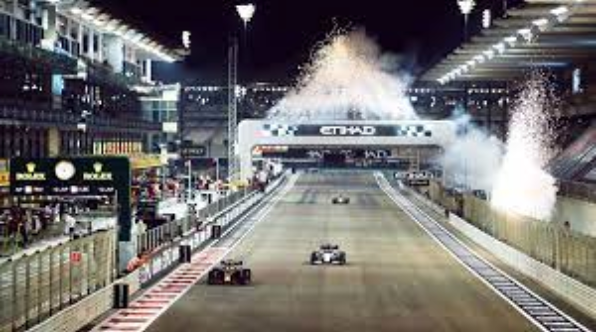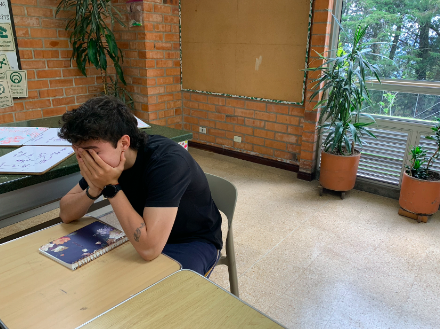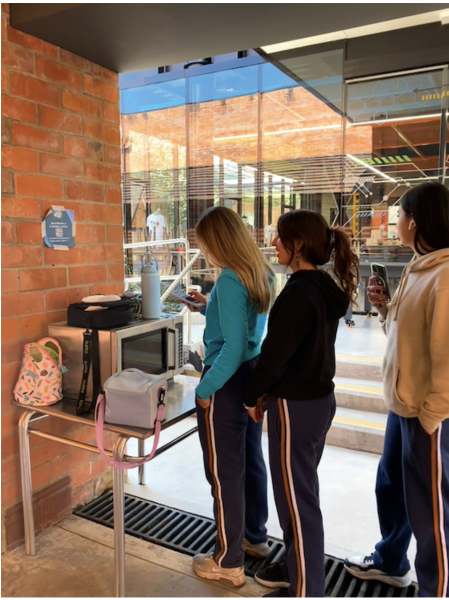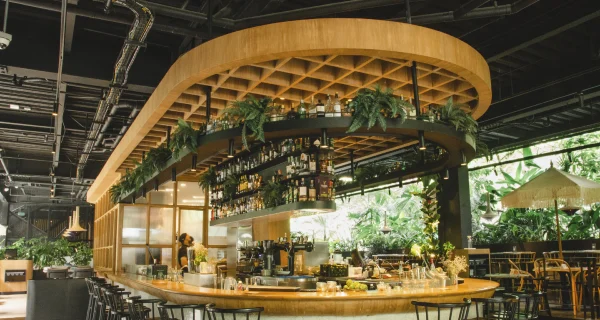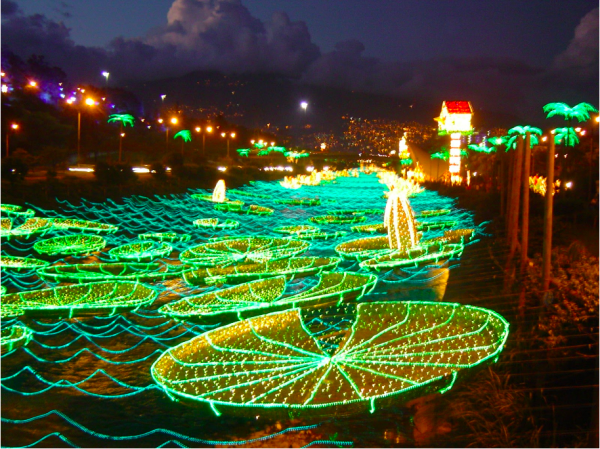Colombia Deserves to Host Formula One
Colombia has a short, but legendary, history in Formula 1, the most prestigious of all motorsports and arguably, one of, if not the most difficult sport in the world. Juan Pablo Montoya became the first ever Colombian to win a Grand Prix and became one of F1’s most renowned drivers for his aggressive style.
Thanks to his efforts from the year 2001 to 2006, the passion for Formula 1 in Colombia exploded exponentially, becoming the third-largest Latin-American viewership for the sport after Brazil and Mexico. The question for a long time has been if Colombia should have it’s own grand prix to cultivate an even bigger driver culture. Is it really possible?
Does Colombia have where to draw $158 Mil Millones de Pesos from to make a Formula 1 race? This is the question that the entire country asked itself after President Iván Duque’s comments about the possibility of a Grand Prix of its own at a recent public sports speech. Specialists in economics and in the world of motorsports clarify that this sum is only to host the race each year, but to it must be added the investment to build a track or adapt a circuit and the other works (like technical areas) that are required to guarantee the event.
During the announcement made by President Duque, the mayor of Barranquilla, Jaime Pumarejo, stated: “There are 22 cities in the world that can say they have a Formula 1 circuit. More than 320,000 spectators attend these circuits in three days. They spend, on average, 600 dollars a day and they travel from more than 100 countries. 60,000 international tourists enter in an (average) period of 10 days. That is almost doubling the number of international visitors who come to the Atlantic [Coast] in three days and in a single event.”
Although the benefits in economic terms of what can be brought into the city and the country by visitors to these events are vast, experts such as Ramiro Londoño argue that the multi-million investment that the country must make aswell as the city of Barranquila, to be able to respond to all the requirements made by the Fédération Internationale de l’Automobile, FIA.
One of the first requirements is to sign an agreement, for a period of 10 years, in which they commit to holding the Grand Prix, backed by an investment of 40,000 dollars per year, something like $158 Mil Millones de Pesos. In addition, whether it is a track or a street circuit, it must meet the requirements that the FIA requires for the event to take place, as well as the specifications for areas such as pits and stands for spectators.
There are currently 37 circuits in 24 countries that are licensed to host a Formula 1 races, the newest being the Miami GP, which will debuted last month. Colombia can and should be number 38.






